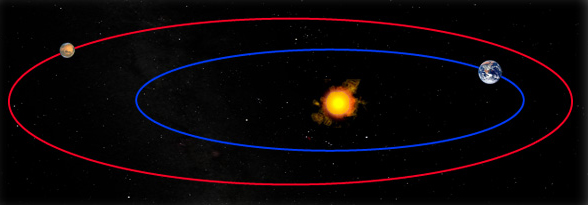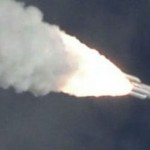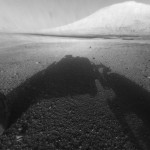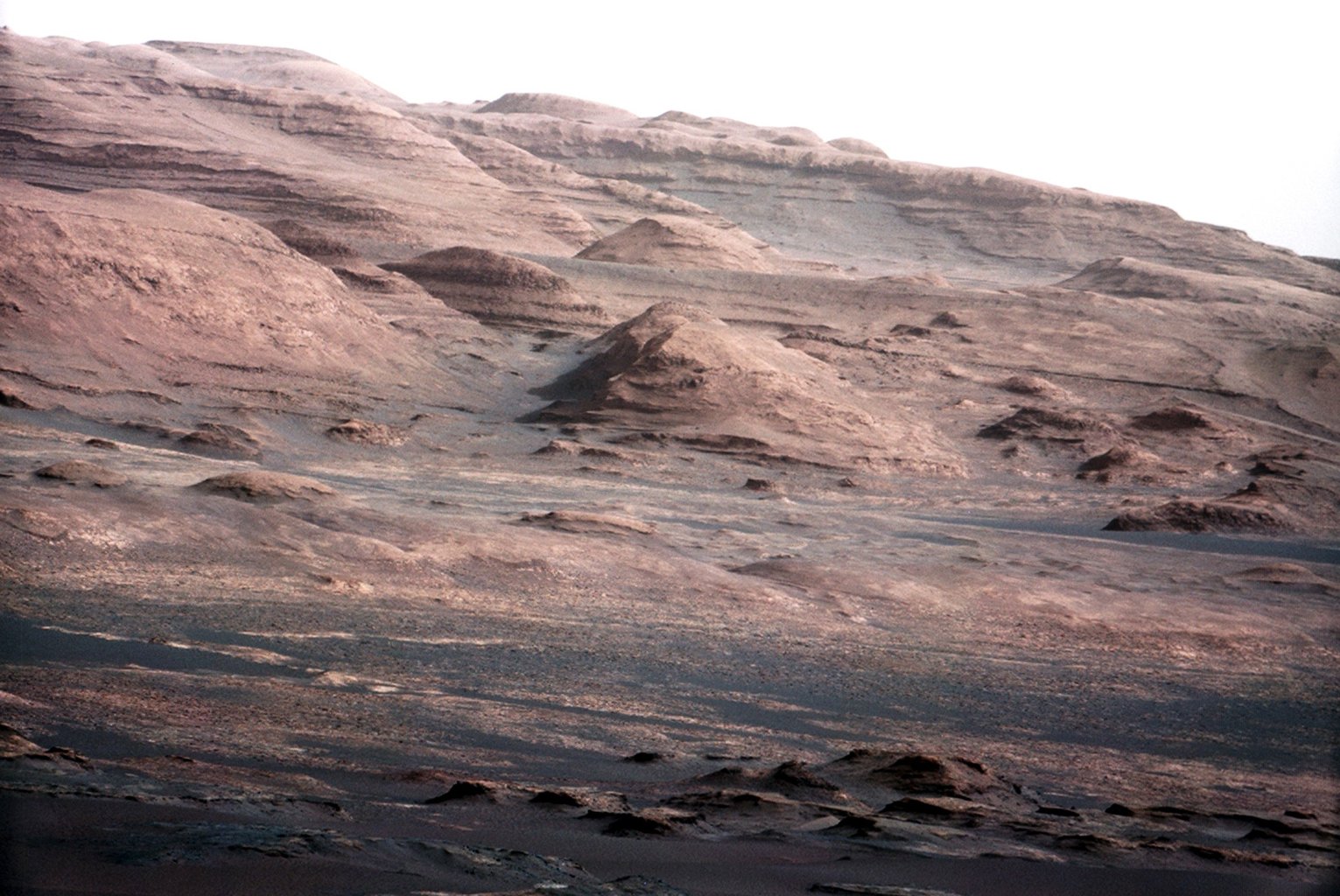Curiosity Rover Lands On Mars
Congratulations to JPL, and the whole NASA team, on successfully landing the Curiosity Rover on Mars; and thanks for sharing the landing experience on NASA TV last night! Curiosity travelled from the Earth to Mars in about eight months, traveling 352 million miles (569 million km), leaving a rotating and orbiting Earth, to rendezvous with Mars, also rotating and orbiting the Sun, and landed within the target site in Gale Crater: very cool and precise calculations, but also an amazing feat of engineering. On entering the atmosphere of Mars, at some 13,200 miles per hour (21,000 kph), the space craft slowed to zero using a heat shield, a supersonic parachute, and a rocket powered sky crane to gently lower the one ton Curiosity Rover onto the surface of Mars. Very, very, cool. So now we can look forward to exploring Gale Crater and the three-mile high (5 km) Mount Sharp that rises from the crater’s center. Maybe it’s tough to justify the US$2.5 billion spent, but the Curiosity mission is inspiring, creates a new technology knowledge base and, hopefully, will provide more insights into why Mars is such a dry planet, where the water was and still is, and, maybe, discover that life did exist, or still exists! Curiosity adds one more building block to a possible future of humans living on Mars and developing new opportunities for mankind using the planets resources and low gravity environment . Check out the NASA site: http://www.nasa.gov/mission_pages/msl/index.html For a simplified way to calculate a path to Mars check out: http://www-istp.gsfc.nasa.gov/stargaze/Smars1.htm

Image credit: NASA/JPL-Caltech
(i) Leaving Earth. (ii) Supersonic Parachute deployed and craft moving to Gale Crater on right. (iii) View of Mt Sharp (3.4 miles high) after landing. (iv) Earth and Mars elliptical orbits, both planet’s rotating about their own axis. Flight path is calculated to take in speed of space craft, orbits and axial rotation of planets, Mars atmosphere, and means to slow the space craft to a stop. (v) The base of Mars’ Mount Sharp – the rover’s eventual science destination – is pictured in this August 27, 2012 NASA handout photo taken by the Curiosity rover. (vi)View of rim of Gale Crater. All NASA and JPL photos.
Curiosity landed facing east-southeast within Gale Crater, with a heading of 112.7 degrees (plus or minus five degrees), and a few degrees of tilt. A Sol 1 overpass by Mars Odyssey will provide additional information on Curiosity’s position and additional imagery.




